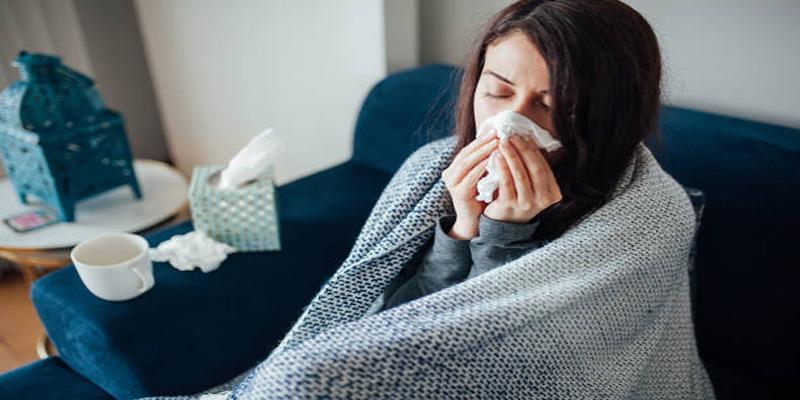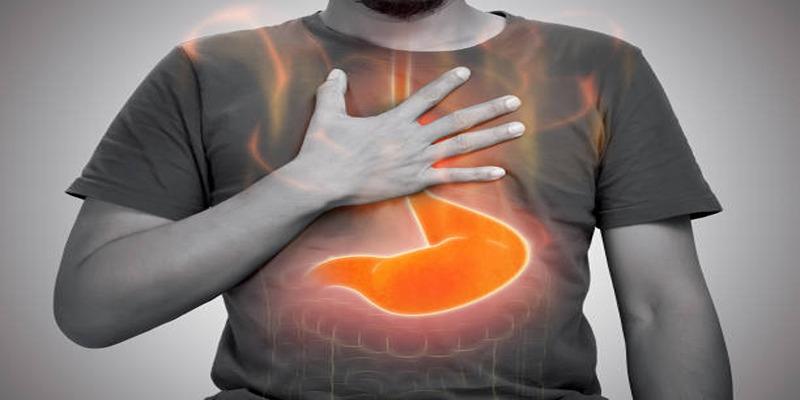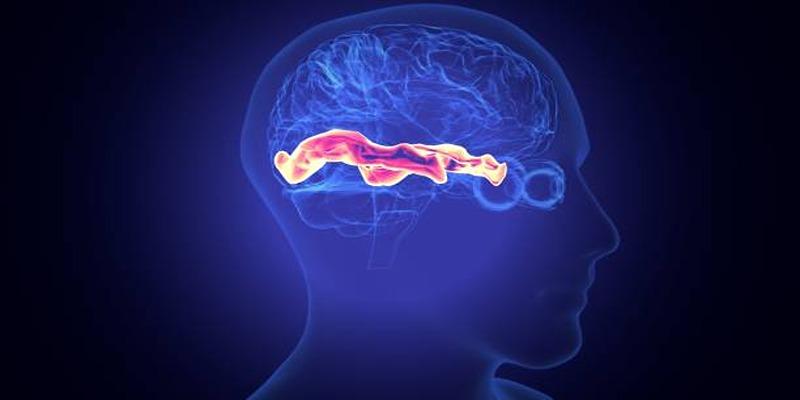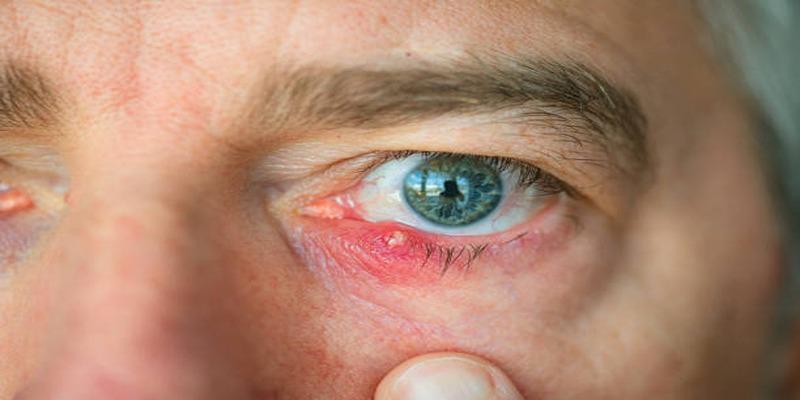Most people know cold weather and associate it with a cold or even the flu; is this relationship based upon any science or is it merely a myth that is still in existence? It is important to know the impact of lowering temperature on our health. Through the understanding of the association to cold weather and sickness, we will be able to distinguish between facts and fiction to find out the truth about such a prevalent assumption.

Trends of seasonal morbidity are thoroughly reported. Researchers and doctors have consistently observed that respiratory infections tend to increase during the fall and winter months. As a result of this growth, many people have taken it to assume that cold weather actually causes sickness. But the matter is more complicated too.
It is a combination of factors that causes the actual cause of these seasonal spikes. The specific environmental conditions in which viruses develop assist them increase the efficiency of further spreading in cold weather, and humans provide them with enough opportunities.
Meanwhile, cold air can produce physiological effects which might affect the ability of the immune system in dealing with infections. When combined with other details, the atmosphere is formed whereby the weather itself is causing people illnesses, whereas it is just a small section of the bigger picture.
The common cold and the heating diseases like influenza are viral not due to exposure to low temperatures. Droplets emitted when an infected individual points, sneezes, or coughs are the main causes in these viruses. The surfaces used too have a role to play since the ability to touch then contact the face results into bacteria being conveyed into the body.
These viruses are not produced in cold weather. Instead, it provides environments within which they thrive. Scientific experiments have revealed that some viruses including those that cause colds remain colds and therefore they are more stable and also stay longer in low- temperatures and low humidity.
This protection enhanced survival, which coupled with concentration in the crowded parts of indoor areas would help it spread faster and even during the winter period when people do not have many avenues to spend their time.
Though viruses, in their core are the primary cause of infection development, the environmental conditions may have impact on the vulnerability of body to viruses. The nasal tubes or passages and upper respiratory systems serve as the initial point of repelling invaders of the body during the airborne type of pathogen. They have minute hair and mucus that entraps and sifts the pathogen.
These protective systems can turn out to be ineffective in cold and dry air. The mucous membrane as inside the nose may become dry and it will not help in eliminating germs. Moreover, in some studies, it has been experience that low temperature can just decrease the activity of immune cells around the nose a bit and the viruses have the more opportunity to make their ground.
With the drop in outdoor temperature, people would likely turn to indoor heating to keep them comfortable. Although this gives warmth, it has its side effect; frequently unhydrous convection of indoors. A dry atmosphere may provoke unpleasant respiratory tract symptoms, irritate these mucous membranes, and weaken the body’s defense against microbes.
That is why in winter a lot of people have sore throats, coughs or their nose is bothered though they are not unwell. The best way to mitigate this impact is to maintain a good level of humidity in the house which helps in respiratory health maintenance.
The other important consideration is the manner in which humans modify their behavior during colder seasons. Citizens are more occupied indoors, especially in congested areas with poor ventilation. School, work, and homes turn out to be the places where these viruses spread easily.
Less movement of air in the house implies that particles in the air caused by sneezing or coughing will hang longer and this makes the transmission more likely. Moreover, individuals can become more resistant to exercise outside or misinterpret other measures that help them stay healthy, which indirectly reduces levels of resistance to illness.
Another key factor regarding the relationship between cold weather and ill health is sunlight exposure. In the rainy seasons, shorter days and seasons give persons less direct sunlight to which the body produces less vitamin D. Vitamin D is an essential vitamin that promotes the activity of the immune system whereby the body gets more resistance to attacks by infections.
Inadequate levels of vitamin D have been linked to high susceptibility rates of respiratory diseases. The deficiency is not directly related to the causes of cold and flu but creates disabilities in the defense of the body against these diseases. Eating vitamin-enriched foods in the diet or spending time outdoors whenever possible may overcome this season challenge.
Advice, cultural beliefs and generations have pushed individuals towards the perception of cold weather and sickness. Although some have the elements of truths, the majority of them are founded on false understandings.

The cold does not only cause effects to the body but also has impacts on the mood and the way the brain feels. Reduced sunlight and decreased days can result in feelings of the loss of energy or motivation. The effects of stress and fatigue may decrease the immune system, making one more prone to disease.
Whilst psychological effects do not directly result into infection; it is one of the factors that leads to the overall picture as to why people might feel bad or have more health problems during winter. These influences can be overcome by keeping a moderate routine including physical activities, rest, and managing stress.
The belief that cold weather alone causes sickness is a long-standing myth. Science shows that while lower temperatures do not directly lead to illness, they create conditions that make viruses more stable and easier to spread, while at the same time weakening the body’s defenses. Human behavior during colder months—such as spending more time indoors in close contact—further amplifies the risk.
 TOP
TOP
Curious about when to claim your Social Security benefit? Learn how age, health, income, and other personal factors influence this important decision and shape your retirement future
 TOP
TOP
The joys of spontaneous travel with tips for unplanned adventures, packing light, and connecting with locals for unforgettable experiences.
 TOP
TOP
Discover thrilling day trips near Cape Town, featuring stunning landscapes, cultural experiences, and adventure for every traveler.
 TOP
TOP
Discover the truths and misconceptions about medical research studies in this insightful article.
 TOP
TOP
The benefits of outdoor activities for improving physical and mental well-being.
 TOP
TOP
Discover the truth about cold weather and its link to sickness in this science-based article.
 TOP
TOP
Identify emotional clutter and discover practical ways to declutter your mind for clarity and peace.
 TOP
TOP
Debunking 7 common myths about Alzheimer’s and dementia for clearer understanding.
 TOP
TOP
Untreated GERD can cause esophagus damage, Barrett’s esophagus, dental erosion, and cancer. Learn symptoms, risks, and why early treatment matters for health.
 TOP
TOP
Aphantasia affects mental imagery, memory, and creativity. Explore its causes, cognitive impacts, coping strategies, and real-life adaptations for navigating life without a mind's eye.
 TOP
TOP
Mental health shapes our well-being, productivity, and equality. Learn why it matters for everyone and discover ways to build stronger support systems.
 TOP
TOP
Learn to identify whether your eyelid bump is a stye or a chalazion, understand the causes and symptoms, and explore effective treatment options for better eye health and comfort.